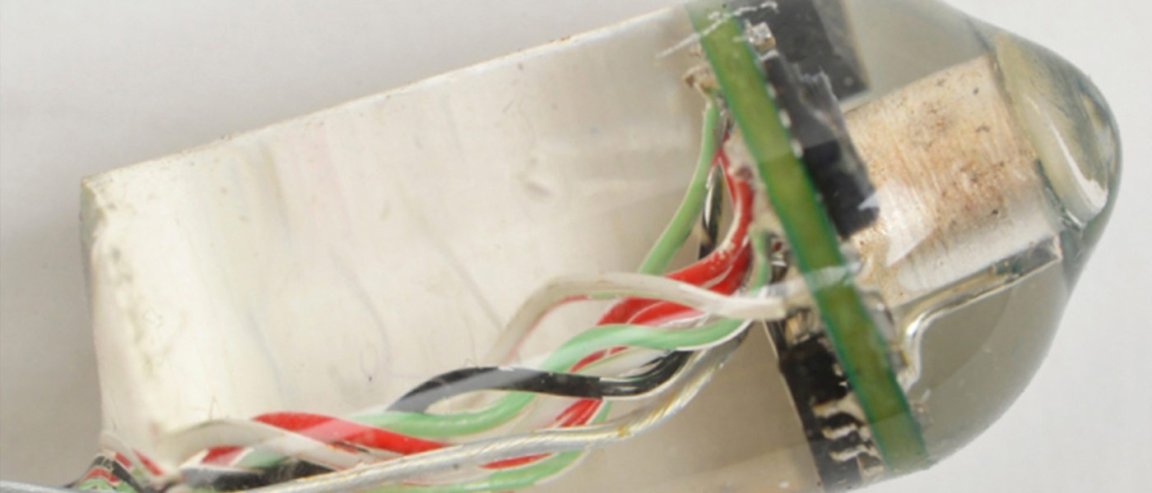
Medical Monitoring in a Pill
Typical disease detection involves many tests—taking samples of blood, saliva, urine, and stool; inserting unpleasant-looking instruments into various places in one’s body; and the like. Even advanced detection methods—like patches with micro needles—still need to stay in the skin long enough for a result to pop up.
But what if there was a way for disease detection and monitoring of vital signs to be out of sight, and out of mind?
Researchers from MIT have discovered a way to create an ingestible sensor that can monitor vital signs from inside the gastrointestinal (GI) tract. The sensor, in a package the size of an almond, can monitor heart rate and respiratory rate from the inside, and is expected to be able to make short and long-term assessments easier on patients.
While the sensor is made primarily for clinical monitoring and diagnosis, the researchers insist that it can also assess trauma patients, monitor soldiers in battle, perform long-term evaluation of patients with chronic illnesses, or improve training for professional and amateur athletes.
The study is published in the Nov. 18 issue of the journal PLOS One.

Listening In
The way that the sensor monitors heart and respiratory rates is simplicity itself: it listens. There’s a small microphone inside the device, created to focus on the sounds of the heart and lungs.
To be able to listen effectively, the researchers needed to devise signal processing systems that distinguish the sounds produced by the heart and lungs from each other, as well as from background noise produced by the digestive tract and other parts of the body.
To test the system, the researchers experimented using the GI tract of pigs. They found that the device could accurately pick up heart rate and respiratory rate, even when conditions such as the amount of food being digested were varied.
The sensor is nearly the size of a multivitamin, and has a small microphone in a silicone capsule, along with an electronics package that processes the sound and wirelessly sends radio signals to an external receiver, with a range of about 3 meters.
It’s expected that the sensor package will remain within the body for about one or two days, before being eliminated in the natural way. More extensive monitoring would require the ingestion of multiple sensors over a period of time.